To help you understand the bedrock of any successful cast stone production having the right equipment and tools is crucial.
Going through the most essential things that you’ll want to have in your production area. But this isn’t just about buying the biggest or the most expensive machinery. It’s about choosing items that will ensure your products are made to your and industry’s standards and maintain high quality by consistency.
This post contains affiliate links. If you make a purchase through these links, I may earn a commission at no extra cost to you.
As an Amazon Associate, I earn from qualifying purchases
Batching.
You’re going to need a concrete batching mixing plant or to start with a small concrete mixer or mixers depending on what size operation you have in mind. This is something that you can skimp on if you’re not looking at high production volumes. But there are small-batch concrete mixers too.
A concrete batching plant allows for the precise mixing of materials, normally by weight and omits the potential for human error in quantities. but whether integrated with a front loader or a conveyor system, it scales up your production. And injects efficiency right from the beginning.
You do need good access for the raw products to be placed close by ready for loading into the batch plant. So a front-end loader is a must or a dual-operation forklift works well for this too.
A Little History.
When we ran our budget prior to when we bought the first concrete batching plant, we were very worried about the upfront cost. But how wrong we were to think that way. It took less than 6 months to reach its break-even point, the savings in the white cement mixes, was over $30,000 in the first year.
And it also saved 1.6 in manual labourers, per a minimum of an 8-hour shift, per day. Which worked out somewhere between 415-625 man hours @ the pay rate, in year one. And 2 labourers in the 2nd year. The key production staff were well versed in the operation of the concrete batching equipment.
The office staff knew how much the quality of the cast stone had improved because of the consistency in colour and the repeated great test results. One of the best capital purchases we made. This batch plant below is as close to the one the company had, except it had a separate cement silo for bulk bags and no conveyor mixing discharge as we fed our mixers.
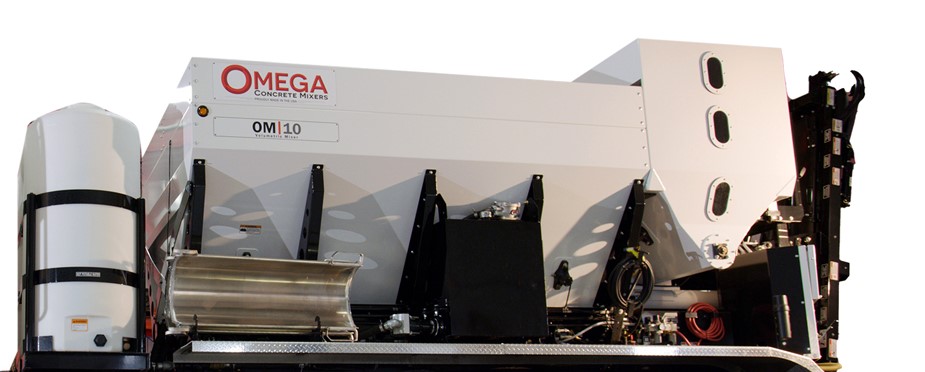
Mixing.
Now, as mixers are the heart of your production, we had 2 portable concrete mixers on standby. We then had 3 more concrete cement mixers on a rail system under the concrete batching plant. Remember, the mixer’s job is to provide a consistent and well-blended mix. Which is fundamental to the quality of your castings.
Always clean out your mixers and other equipment. Left dirty it plays havoc with production schedules. Plan for a method to dispose of the washout remains ahead of time as it can become a huge problem. No trash or rubbish removal company wants hardened concrete in its containers. They will charge you an unbelievable penalty.
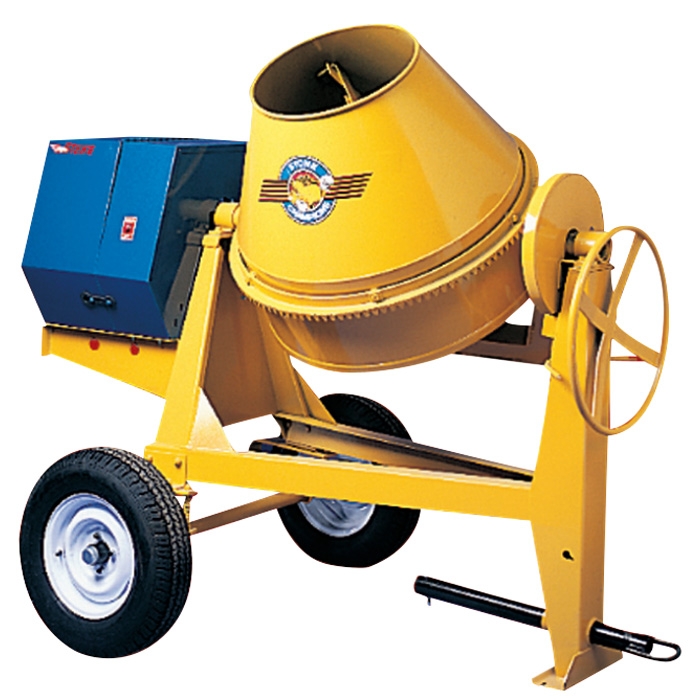
Cast Stone Production Tables.
When it comes to pouring your products, production tables are where the real core of your operation begins. You don’t want to cut corners here. Having enough space and a level surface to work on will improve your workflow and end result. And make it easier for your workers to move around with barrows or forktrucks.
If done right the surface of your tables can be the actual face of any flat-faced material, like veneers. Vibrating tables, on the other hand, ensure that your mix is compact, air-free, and as smooth as you need it when making limestone- the wet cast way. They’re not needed for the textured finish using the soda texturing method.
Small Tools.
The humble shovel, wheelbarrow, and bucket might seem basic, but you’d be surprised at their indispensability. From moving mix to transferring finished products, they are the unsung heroes of any production floor.
The production crews came up with their own novel ideas for mud scoops that they used to transfer the mix from the barrow to the mold, recycling their liquid laundry soap containers with a section cut out, was a perfect and novel solution.
Colors & Fibers Are Very Important In Cast Stone Production.
Additionally, when it comes to adding colors, fibers, or specialized ingredients, postal scales and zip-lock bags are your friends. These allow for precision that keeps your colours consistent batch after batch. A record of all weights of color and mix details kept somewhere safe is a recommendation. And using a competent person to do the measuring and weighing tasks.
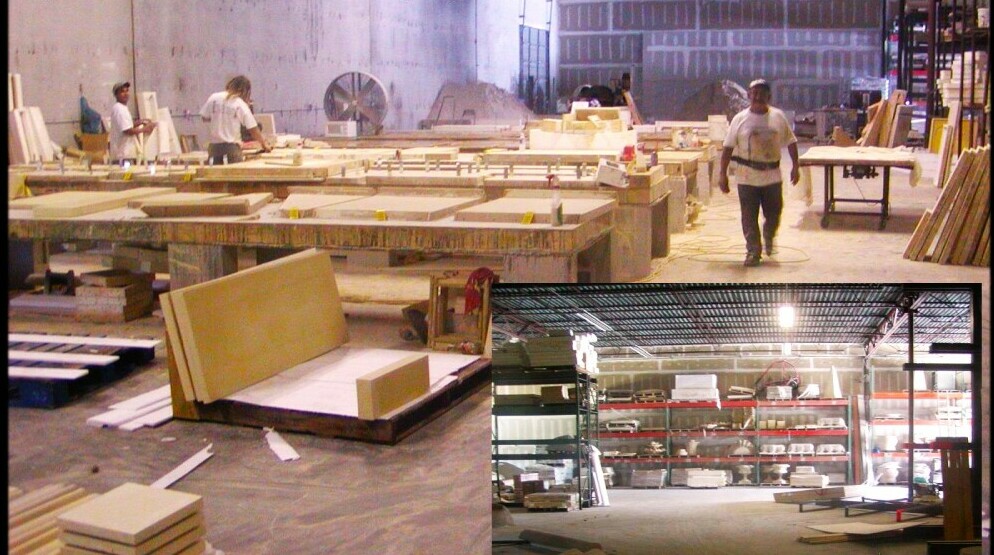
Release agents.
Having your method for release agents ready to be used in the process for your molds is something you need to plan for. As our our operation was mostly wet cast we used a blend of cooking oil and cooking fat. These were blended based on the current temperatures, the colder it got the less of the grease.
Both of these products were biodegradable and they worked really well for holding the texturing material in place too. This mixture was brushed onto the molds in most instances, occasionally a need to wipe the mixture on with a rag was needed. These products were kept next to the pallet of baking soda. A good sized bucket or 2 of mixed and clumped baking soda was always to hand for the guys to refill their containers.
Large Weighing.
You also can’t forget about the need for larger scales for batching your materials if you don’t have a batching plant at the helm. Accuracy in weighing ensures strength and colour consistency, which your customers are counting on. You can use them for weighing your filled pallets for transporting.
Material Handling.
Moreover, a forklift and a pallet truck along with an assortment of pallets will be needed when it comes to moving heavy materials. Unloading cement trucks and other materials and moving or loading finished items around.
Safty Equipment.
Invest in good quality personal protective equipment like gloves, masks, and safety glasses. And to keep your operation humming along without a hitch, you’re going to want a well-stocked toolbox for ongoing maintenance to prevent those equipment downtimes.
And have a dedicated clean-up schedule with a rota of personnel responsible for the task. An excellent production person with many skills is a must for medium to larger operations too.
Reliable Suppliers.
It also boils down to choosing good suppliers who stand by their products with warranties and excellent customer support. If space is limited you need companies that deliver when you need it. And whether through rapid delivery or off-the-shelf purchases. They are worth their weight in gold. Select those that work best with you on a professional level.
Basic List.
- 1, Batching Plant. And A Loading Method, Front Loader Or Conveyor.
- 2, Concrete Mixer(s).
- 3, Production Tables
- 4, Vibrating Table(s)
- 5, Shovels
- 6, Wheelbarrows.
- 7, Buckets and scoops (many)
- 8, Postal Scales For Accurate Colour Weighing
- 9, Large Scales for Batching If No Batching Plant. & for Shipping Weights.
- 10, Screw Guns # To Suit The Amount Of Workers.
- 11, Scapers, For Mold & Table Cleaning.
- 12, Finishing Trowels. 1 Per Man.
- 13, A forklift and a pallet truck.
- 14, A mixing drill and paddle. For “knocking up the soda mix”.
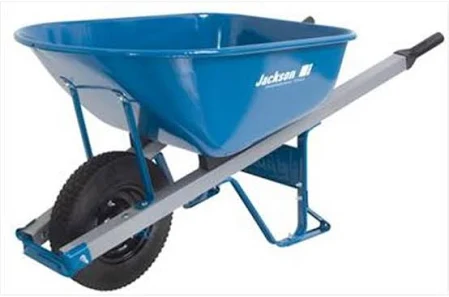
Summary.
Once you have these foundational pieces in place, you’re well on your way to running a productive and quality-driven cast stone production facility. But equally as important is quality molds, without good molds even the best production facility is worthless. Mold making is explained in other posts.
Please watch for future reference pages which will focus on materials, products and equipment only, in more detail.
Contact Us
We hope you find the information useful, but if you have any questions or need help, send us a message. You do have to sign in and confirm these days to comply with government rules. Sorry for the inconvenience.
Author Rob


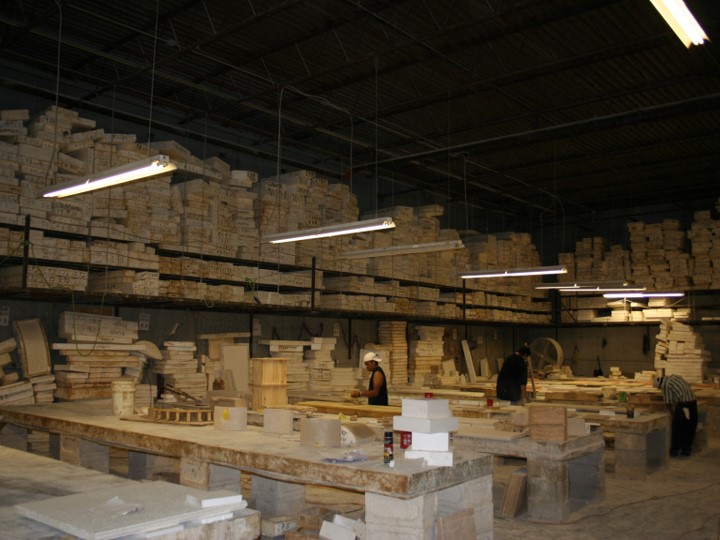
I’ve thoroughly read your detailed explanation of cast stone production, and I must say it’s an incredibly informative and practical guide. Your personal experience shines through, especially when you discuss the concrete batching plant and its impact on your business. The way you break down the essential equipment and tools needed for a successful cast stone manufacturing setup is comprehensive and accessible.
Your emphasis on the importance of quality equipment, from the batching plant to the humble wheelbarrow, demonstrates a deep understanding of the industry. The practical tips, such as using postal scales for precise colour measurements and the importance of safety equipment, are particularly valuable for those new to the field.
Your insight into the financial aspects, like the quick return on investment for the batching plant, gives readers a realistic view of the capital investments required in this industry. This kind of real-world advice is invaluable for anyone considering entering the cast stone production business.
Overall, your guide serves as an excellent primer for those looking to set up or improve their cast stone production facilities. The combination of technical knowledge and practical experience you’ve shared makes this a highly useful resource.
Now, I have a question for you:
Given the importance of precision in cast stone production, how do you recommend manufacturers balance the need for high-quality, automated equipment with the flexibility required for custom or unique projects?
Are there specific pieces of equipment that you find particularly adaptable to both standardized and custom work?
I look forward to your insights and any future guides you may write on the subject.
Hi Eric,
The quality of your response tells me how closely you read the facts I included. Your questions are not as simple to answer in a short reply, I think I would rather write an additional page on this to give you and others an in-depth look at the questions you raise. I will remassage you when that post goes live which should be only a few days.
Again I thank you
Rob
Your article on cast stone production gives great insights into the processes of this useful component of the construction industry. You have shown knowledge and provided technical information on how concrete mixers work and the production of the concrete itself. Your detailed explanations of the equipment used in the production process give a good understanding of the complex work involved. Thank you for the article, it provides an appreciation of the work that is required in the production of this vital product for the construction industry.
Hi Tandi,
I thank you for your for your comments and thoughts, one word I impressed on all my staff, especially the sales team, was not to use the word concrete, because, in my opinion, it demotes the actual purpose and processes that go into this cast stone product. in the context of machinery its ok. Thank you Rob